The sensor must detect the cylinder and ring in spite of the distance. This demonstrates the
benefit of Turck's NI10-G18 proximity switches with a NAMUR output, which are suitable for Ex zones 0 and 20 and
are used by Niemann in a large number of products.
Anyone wanting to look for the smallest Turck components in a Niemann machine must look really closely. With a housing length of 31 millimeters and a height of six millimeters, the BIM-UNT-AY1X magnetic field sensor is hidden in the cover hinge of a tank fill opening. This detects here whether the cover is open or closed. The miniature sensor has a highly all-round visible LED and is clamped securely in the groove with a special screw.
Author: Joachim Ricker,
sales specialist at Turck
Anyone wanting to look for the smallest Turck components in a Niemann machine must look really closely. With a housing length of 31 millimeters and a height of six millimeters, the BIM-UNT-AY1X magnetic field sensor is hidden in the cover hinge of a tank fill opening. This detects here whether the cover is open or closed. The miniature sensor has a highly all-round visible LED and is clamped securely in the groove with a special screw.
IM36 passes speed test
The position of a toothed disc inside the tank is determined by a cable sensor. This supplies resistance values via the contact of the measuring cable, which have to be supplied as analog values. A potentiometer amplifier converts this quickly to an intrinsically safe 4-20 mA value so that connected systems can regulate the height steadily. The process sometimes still caused problems five years ago, recalls Werges from experience: “Customers specify in the recipe certain heights at which the toothed disc must move. If the conversion takes too long, the machine misses these points by a few centimeters and then continuously oscillates.” A transducer with a cycle time of less than 700 milliseconds was required as a solution. Niemann therefore turned at that time to Turck interface technology. To be precise, the IM36 amplifier, which completes a conversion within 30 milliseconds and thus enables the toothed disc to be positioned within the hysteresis range. ▪Author: Joachim Ricker,
sales specialist at Turck
Find out more now!

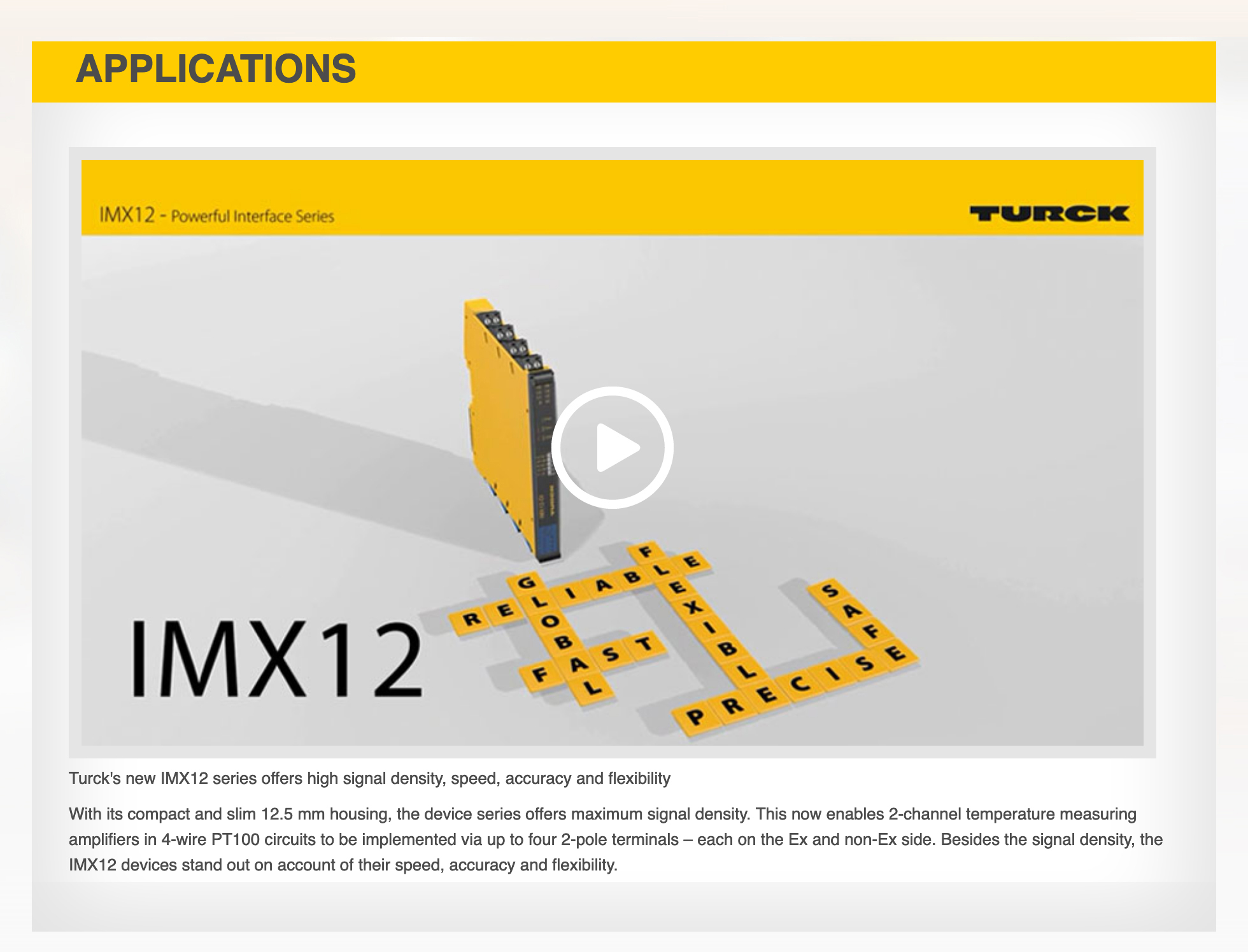

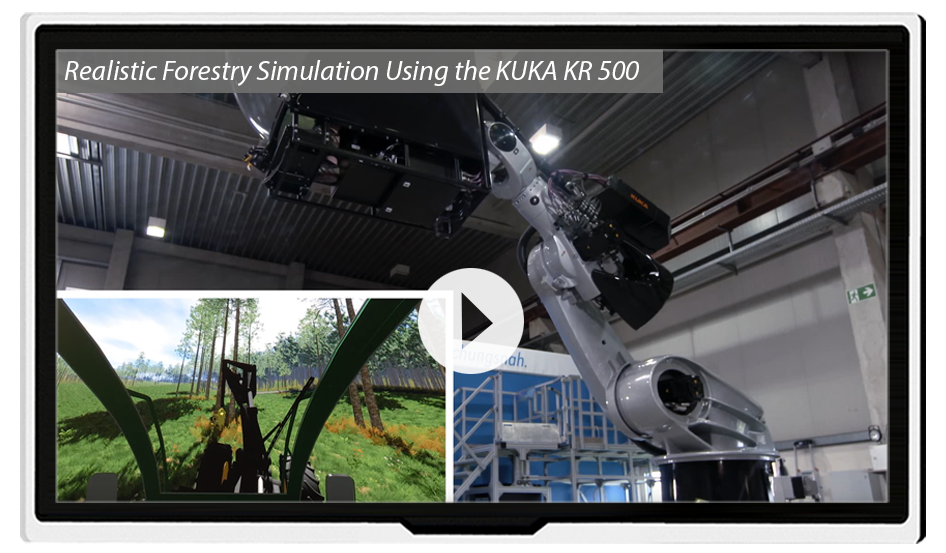
 Siemens:
Siemens: Weidmüller:
Weidmüller: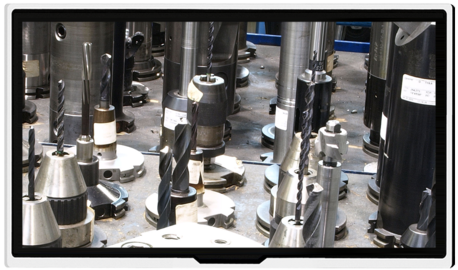 Balluff:
Balluff:  Kontron: Industrial Panel PCs & Monitors
Kontron: Industrial Panel PCs & Monitors
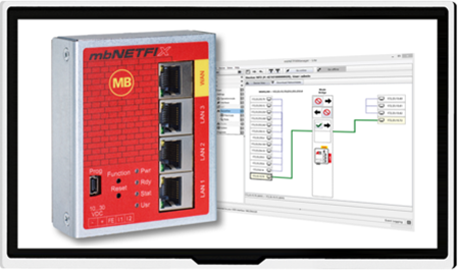 mb connect line:
mb connect line: 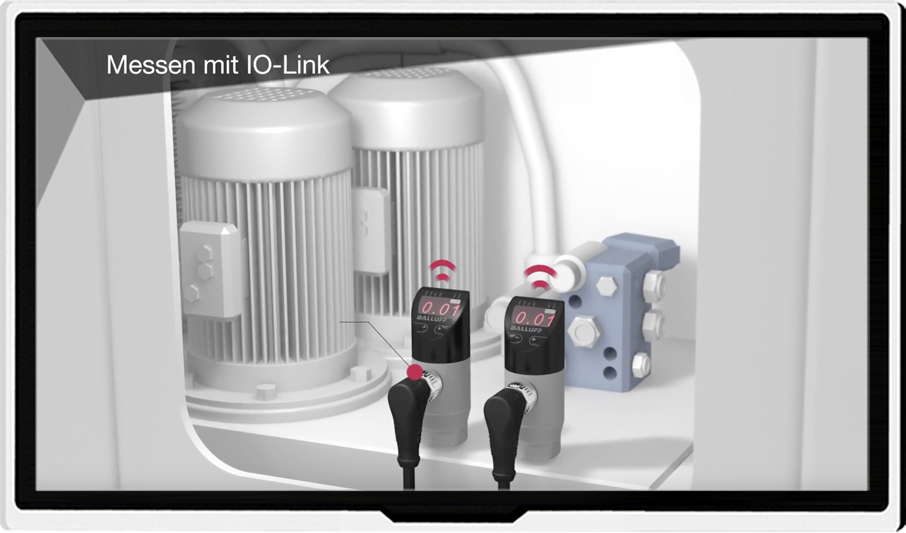 BALLUFF:
BALLUFF: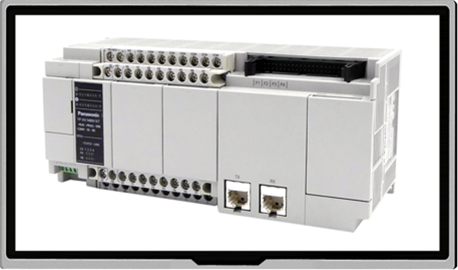 Panasonic:
Panasonic: Turck:
Turck: